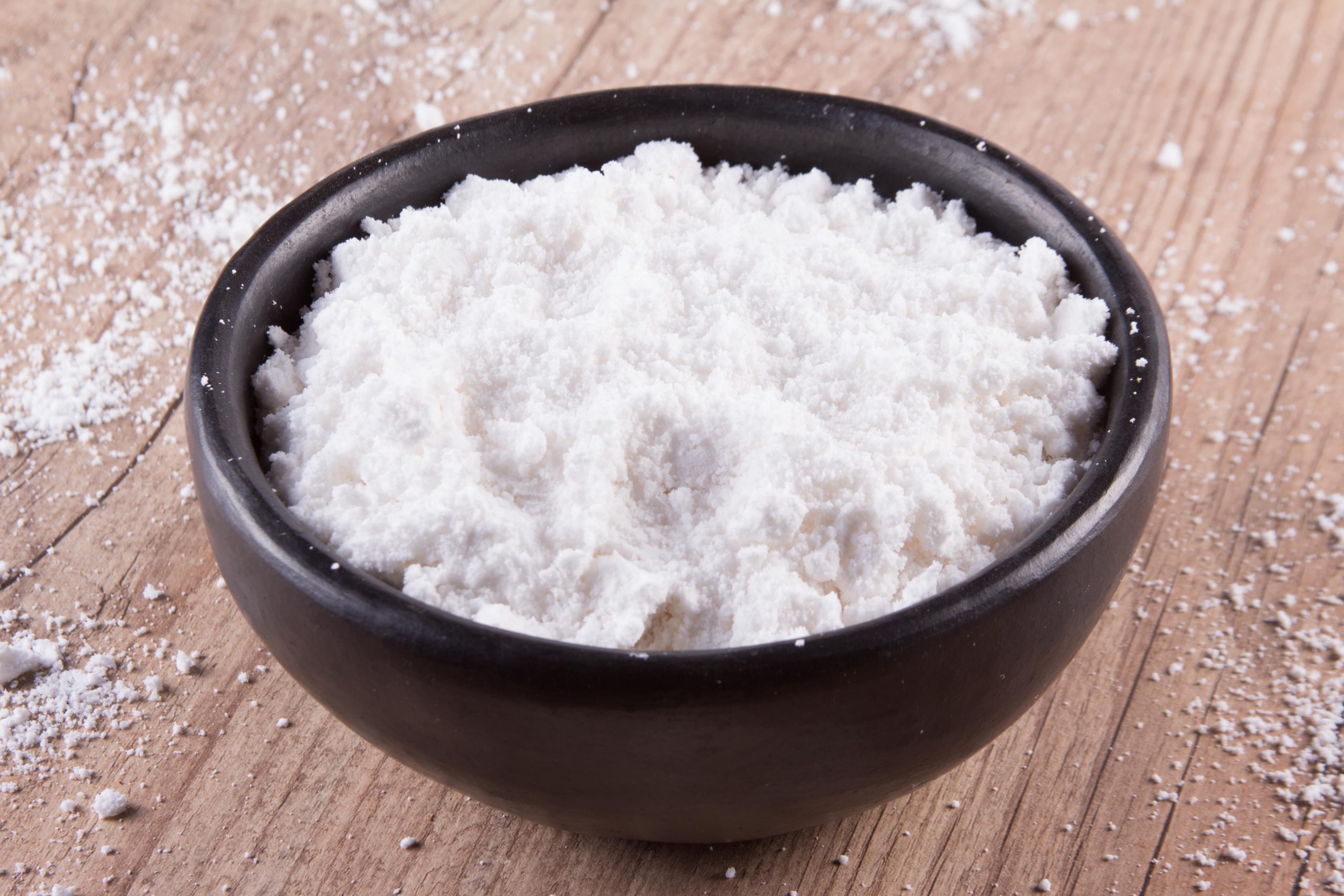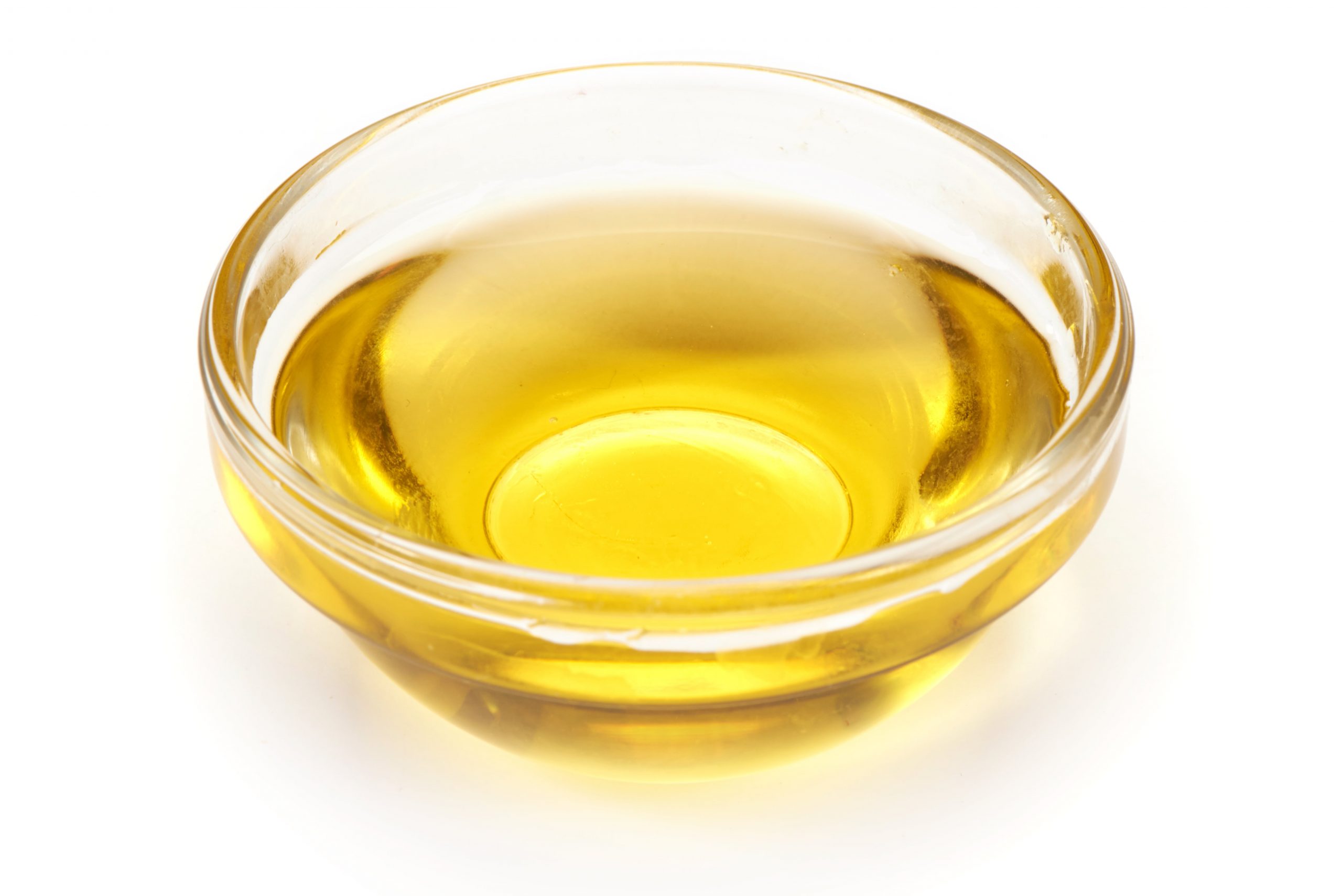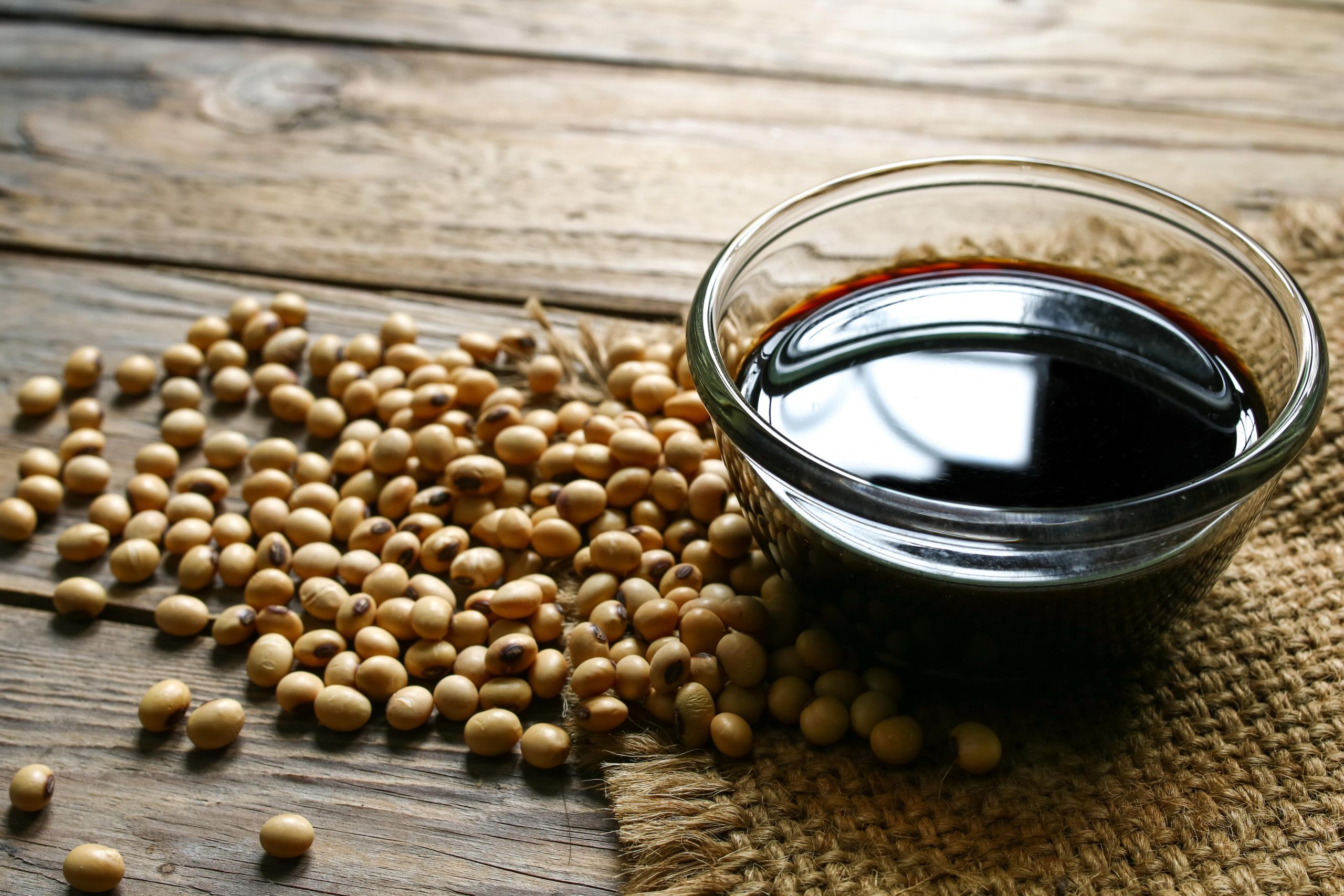Tapioca flour, also known as tapioca starch, is a flour free of gluten produced from the roots of cassava. It is steadily rising to popularity as an option for products loaded with gluten, such as wheat, barley, and spelt.
Tapioca flour is high in carbs but contains little fiber, protein, and other nutrients. Its thick and chewy texture that it normally leaves on baked goods has given it the popularity. It is also used in stews, sauces, puddings, and soups, as a thickener free of allergies. Running out of such a vital flour can be humiliating. Fortunately, there are several alternatives you can use. This article discusses common tapioca substitutes.
Cornstarch
Cornstarch is an accessible flour that can easily replace tapioca flour. Stocking it may save you the humiliation that may come with running out of tapioca starch. Cornstarch fits perfectly in recipes that require gluten-free baking or cooking, as it is naturally free of gluten. You can replace tapioca flour with cornstarch in a ratio of 2:1. This is because its thickening capacity is stronger than that of tapioca flour. For example, if your recipe needs 4 tablespoons of tapioca flour, substitute it with 2 tablespoons of cornstarch.
Cassava Flour
Cassava flour is also naturally free of gluten and is high in fiber. With its rich nutritional profile, it can be used instead of tapioca flour. Both flours are a product of cassava root, but cassava flour is made from the whole root, while tapioca flour consists of only the starchy part of the plant. Cassava flour has a slightly thickening capacity than tapioca flour due to its high fiber content, but in most cases, it can replace it in the same amount. That being said, if additional thickeners are needed in your recipe, you may need to limit or avoid them when using cassava flour for tapioca starch.
Potato Starch
This is another gluten-free product that can easily replace tapioca flour. It also has a stronger thickening power that may that may result in a denser product. But this may greatly depend on what you are cooking. Potato starch can replace tapioca flour in the same amount, ratio 1:1, especially in sauces or stews. However, this may slightly change for recipes calling for larger quantities, such as baking mix. Reduce the amount of tapioca flour needed in your recipe by 25-50 percent. Taking this quantity of potato starch, replace tapioca flour, then add other ingredients to bring the difference.
All-Purpose Flour
All-purpose flour can be used to substitute tapioca flour in the same amount, ratio of 1:1, in nearly all recipes that call for it. Noteworthy, the texture may differ depending on what you are cooking. Tapioca flour often gives its products a bright and glossy appearance, especially when used in soups, gravies, and sauce as a thickener. All-purpose flour will also bring out the same effects to its products but with a little matte finish. There is need that you adjust your cooking time as well. Given that tapioca flour is flavorless, it blends quickly in its products, but all-purpose flour has a powder-like texture that needs to be cooked longer to have a smoother finishing. It is worth mentioning that all-purpose flour is derived from wheat and contains gluten. For this reason, it would be best to avoid it if you want a gluten-free product.
Arrowroot
Arrowroot flour is a gluten-free flour produced from the Maranta arundinacea plant. It is flavorless and can be used to substitute tapioca flour in the ratio if 1:1 in many recipes. Arrowroot is an excellent substitute for tapioca flour in baking mix where other flours and starches are used to thicken the final product. When used alone to replace tapioca, arrowroot won’t lend the same chewy consistency that tapioca brings. Therefore, if your baking recipe needs tapioca flour as the only the only flour, arrowroot will not be a prefect replacement.
Rice Flour
Rice flour is naturally free of gluten and can be used to replace tapioca flour. It is a finely ground flour made from the grains of rice, and has a mild flavor that cannot interfere with the taste of the final product. Since rice flour has a stronger thickening power than tapioca flour, you may need to do a little adjustment to your recipe. Where tapioca flour features in your recipe, replace it with half rice. For instance, if your recipe calls for 4 tablespoons of tapioca flour, substitute it with 2 tablespoons of rice flour.
Health Benefits of Tapioca
Given that tapioca flour is naturally free of gluten, it can have a few health benefits.
Can Be Used In Restricted Diets
Allergy or intolerance to gluten is a common problem that many people have. Such people do not tolerate wheat and grains. As a way of managing the symptoms, they often follow a restricted diet. Tapioca flour is gluten-free and can be used instead of these grains for baking, cooking, or making soups and sauces as a thickener.
It Is a Resistant Starch
Studies have linked resistant starch to a number of health benefits. It is fed on by healthy bacteria in your gut. This helps reduce inflammation and lower the number of unhealthy bacteria. It can also help regulate blood sugar levels after meals, improve insulin metabolism, increase feelings of fullness, and improve glucose metabolism. Tapioca flour contains resistant starch, though not as much as cassava flour, which is made from the roots.
Potential Downsides
Cassava Allergy
Some people may develop allergies with tapioca flour consumption especially if they are allergic to latex. In this case, your body will mistakenly consider compounds in tapioca for those in latex. This is called a latex-fruit syndrome.
Poisoning
Improperly processed tapioca flour may cause poisoning. Linamarin – a toxic compound in cassava – is converted by your to hydrogen cyanide. In high amounts, this can lead to cyanide poisoning, konzo disease, or even death.
Conclusion
Tapioca flour is a made from the starchy part of cassava root. If your recipe calls for tapioca flour and you don’t have it, you can easily replace it with arrowroot flour, rice flour, or cornstarch. Since it is free of gluten, it can be used by people who want gluten-free products.









